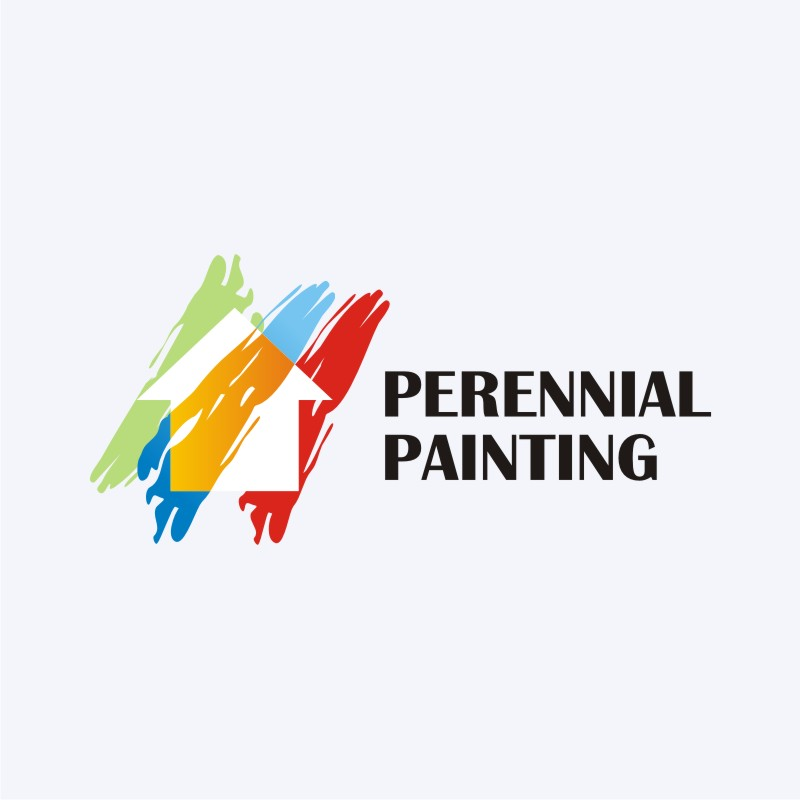Key Seasonal Considerations For Commercial Outside Painting: What You Need To Be Informed Regarding
Key Seasonal Considerations For Commercial Outside Painting: What You Need To Be Informed Regarding
Blog Article
Author-Leach Whalen
When you're intending an industrial exterior painting job, seasonal elements can make or damage your results. You'll want to take into consideration how temperature and humidity influence paint application and drying out times. Choosing the best season can ensure your paint adheres effectively and lasts longer. However which periods are absolutely the most effective for this sort of job? Allow's check out the key elements that can affect your task's success.
The Effect of Temperature Level on Paint Application
When you're preparing a commercial exterior painting job, the temperature level can dramatically impact exactly how well the paint adheres and dries out.
Preferably, you want to repaint when temperature levels vary between 50 ° F and 85 ° F. If it's also cold, the paint might not heal correctly, bring about concerns like peeling or splitting.
On the other hand, if it's as well warm, the paint can dry out as well swiftly, stopping proper adhesion and causing an irregular coating.
You ought to likewise consider the time of day; early morning or late afternoon uses cooler temperature levels, which can be much more positive.
Constantly examine commercial painting for the specific paint you're making use of, as they usually give advice on the optimal temperature variety for ideal outcomes.
Humidity and Its Result on Drying Times
Temperature level isn't the only ecological element that influences your commercial external paint job; moisture plays a considerable role also. High moisture levels can slow down drying out times considerably, impacting the general quality of your paint job.
When the air is saturated with moisture, the paint takes longer to treat, which can bring about concerns like bad attachment and a greater risk of mildew development. If does paint expires on an especially damp day, be gotten ready for extended wait times in between coats.
It's vital to check neighborhood weather conditions and plan appropriately. Ideally, aim for humidity levels between 40% and 70% for ideal drying out.
Keeping these consider mind ensures your task remains on track and delivers a long-term finish.
Best Seasons for Commercial Exterior Paint Projects
What's the best season for your industrial external paint tasks?
Springtime and early fall are typically your best choices. Throughout these periods, temperatures are light, and moisture levels are commonly reduced, producing optimal problems for paint application and drying out.
Stay clear of summertime's intense heat, which can create paint to dry too quickly, leading to poor adhesion and finish. In a similar way, winter months's cold temperatures can hinder appropriate drying out and treating, risking the durability of your paint work.
Aim for days with temperatures in between 50 ° F and 85 ° F for optimum results. Keep in mind to check the local weather report for rain, as wet problems can wreck your task.
Preparation around these aspects ensures your paint job runs efficiently and lasts longer.
Final thought
Finally, planning your business exterior painting jobs around seasonal factors to consider can make a significant difference in the end result. By organizing job throughout the perfect temperature levels and humidity levels, you'll guarantee better adhesion and drying times. Bear in mind to watch on regional weather forecasts and pick the right time of year-- springtime and early autumn are your best bets. Taking these actions will certainly assist you achieve a durable and specialist surface that lasts.
